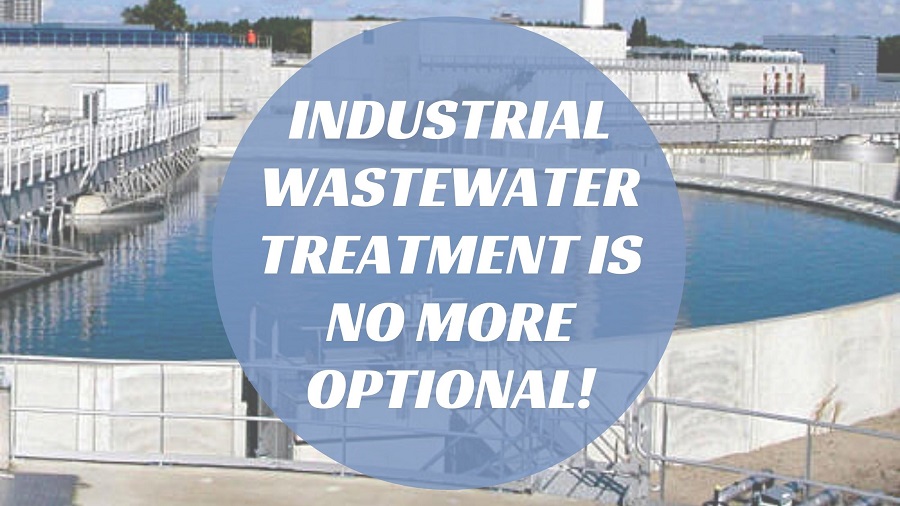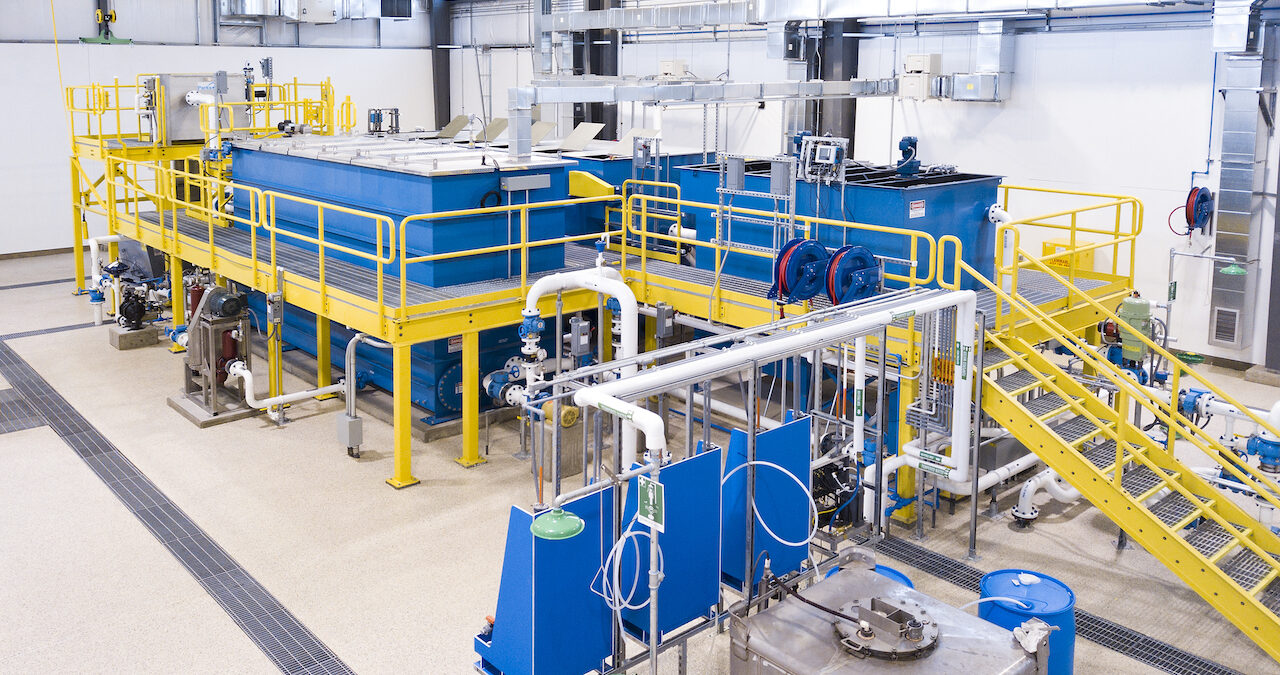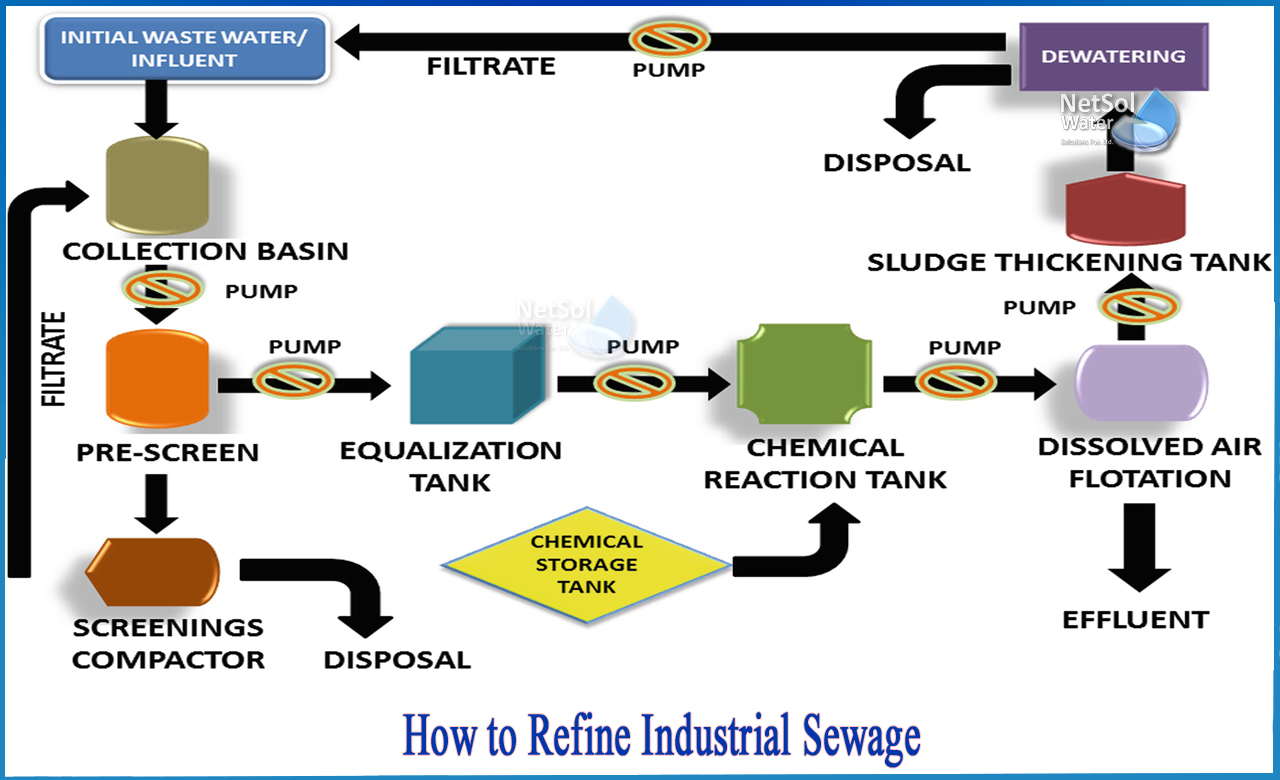Industrial Waste Water Treatment-- Shield the Environment with Professional Water Treatment Solutions
Wiki Article
Developments and Developments in Hazardous Waste Water Therapy Technologies
The landscape of industrial wastewater therapy is undergoing a transformative shift, driven by innovations that improve both effectiveness and sustainability. Emerging innovations, such as membrane layer bioreactors and microbial gas cells, are redefining contaminant elimination processes while adding to power generation. Furthermore, source healing approaches are obtaining grip, straightening with circular economic situation concepts. As regulatory requirements evolve, the integration of AI and maker knowing right into wastewater management systems assures to make certain and streamline operations compliance. The complete implications of these advancements raise essential inquiries concerning their scalability and lasting influence on market practices.Review of Waste Water Therapy Technologies
Wastewater therapy technologies encompass a series of techniques created to eliminate impurities from industrial effluents before their launch right into the environment. These innovations are essential for keeping eco-friendly balance and making sure compliance with environmental policies. The primary groups of wastewater therapy include physical, chemical, and biological approaches, each offering distinct objectives based upon the nature of the impurities existing.

Organic treatment methods utilize bacteria to break down raw material, making them especially efficient for organic-rich effluents. Techniques like turned on sludge and biofilm reactors harness the all-natural deterioration abilities of germs, resulting in significant decreases in biochemical oxygen need (BOD)
Advanced Purification Techniques
Advanced filtering techniques stand for a vital advancement in the world of commercial wastewater treatment, boosting the performance of impurity elimination processes. Industrial Waste Water Treatment. These methods include a variety of innovations, including microfiltration, ultrafiltration, nanofiltration, and turn around osmosis, which provide consecutive obstacles for different fragment dimensions and chemical structuresMicrofiltration and ultrafiltration utilize membrane layer systems to eliminate suspended solids, germs, and bigger natural molecules, improving the high quality of effluent before additional therapy. Nanofiltration links the void between ultrafiltration and turn around osmosis, efficiently getting rid of divalent ions and natural substances, therefore lowering the tons on downstream procedures.
Reverse osmosis supplies the highest level of purification by allowing just water and tiny particles to pass via its semi-permeable membranes, making it perfect for reclaiming high-grade water from commercial effluents. Recent developments in membrane innovation, including the advancement of even more fouling-resistant and sturdy materials, have actually significantly boosted operational effectiveness and lowered expenses.
Including these innovative purification methods not just enhances the general therapy process yet likewise contributes to sustainability efforts by making it possible for water reuse and source recovery in industrial settings. (Industrial Waste Water Treatment)
Organic Treatment Advancements

Furthermore, the growth of crafted biological systems, such as membrane bioreactors (MBRs), combines biological treatment with innovative membrane layer filtering. This assimilation permits greater effluent quality and reduced impact, making it suitable for space-constrained commercial centers. Technologies in genetically engineered microbes have actually additionally emerged, boosting the biodegradation of certain impurities, such as drugs and heavy metals, that are traditionally challenging to get rid of.
Additionally, the execution of bioaugmentation strategies, where useful germs are introduced to boost the existing biological therapy processes, has actually shown encouraging results in boosting treatment performance. These developments jointly signify a pattern towards even more lasting and effective organic treatment techniques that can adjust to the advancing intricacies of industrial wastewater streams. As sectors remain to focus on ecological compliance, these biological technologies will play an essential duty in wastewater management.

Source Healing Methods
In industrial settings, the combination of source healing methods has become significantly vital for boosting sustainability and reducing waste. These methods focus on removing beneficial materials and power from wastewater streams, consequently changing prospective pollutants into recyclable resources.One prominent strategy is nutrient recuperation, where nitrogen and phosphorus, often existing in excess in wastewater, are captured and exchanged plant foods. This not only minimizes environmental impacts however likewise offers a circular economy remedy for farming applications. In addition, innovations such as anaerobic food digestion permit the visit our website conversion of natural waste right into biogas, a renewable resource source that can counter nonrenewable fuel source use in commercial procedures.
Additionally, advanced purification and membrane innovations assist in the recuperation of commercial by-products such as steels and salts. These recuperated products can be rehabilitated right into production processes, decreasing the requirement for virgin sources.
Future Patterns in Drainage Administration
As sectors progressively focus on sustainability, the future of wastewater management is set to undergo significant improvements. Technological advancements, such as expert system and artificial intelligence, will allow much more efficient monitoring and administration of wastewater systems. These innovations can anticipate upkeep needs, maximize therapy processes, and enhance decision-making, ultimately decreasing operational prices and ecological impact.Furthermore, the integration of circular economy principles will certainly play an essential role in wastewater administration. Industries are expected to move towards systems that not just treat wastewater however likewise recoup useful resources, such as nutrients, water, and energy. This transition will certainly reduce waste and promote the reuse of products, straightening with international sustainability goals.
Emerging therapy techniques, such as membrane layer bioreactors and progressed oxidation processes, will additionally boost the effectiveness of wastewater therapy, enabling better effluents appropriate for reuse. Additionally, governing frameworks are likely to advance, highlighting stricter criteria for wastewater discharge and encouraging industries to take on cutting-edge therapy solutions.
Final Thought
In verdict, the evolution of commercial wastewater therapy modern technologies demonstrates a significant shift in the direction of improved efficiency and sustainability (Industrial Waste Water Treatment). Developments in sophisticated purification strategies, organic therapies, and resource recovery methods highlight the sector's dedication to environmental stewardship.The landscape of industrial wastewater company website therapy is undergoing a transformative shift, driven by advancements that enhance both efficiency and sustainability.Wastewater therapy innovations encompass a variety of methods made to eliminate pollutants from commercial effluents prior to their launch into the setting.Using the power of organic procedures has actually led to considerable innovations in the treatment of commercial wastewater.Furthermore, the implementation of bioaugmentation approaches, where advantageous microorganisms are introduced to improve the existing biological therapy procedures, has revealed promising results in improving therapy efficiency. These innovations jointly symbolize a fad towards even more efficient and sustainable organic treatment methodologies that can adjust to the developing complexities of industrial wastewater streams.
Report this wiki page